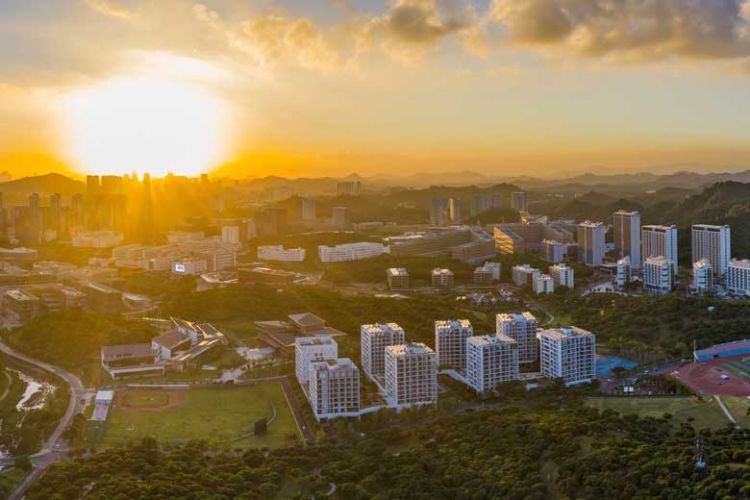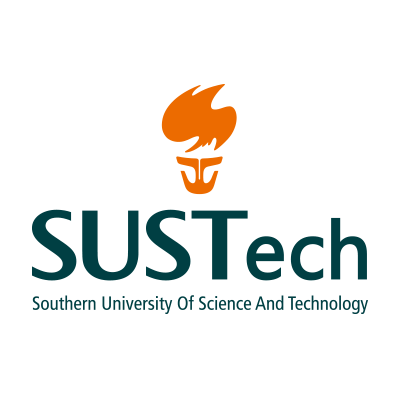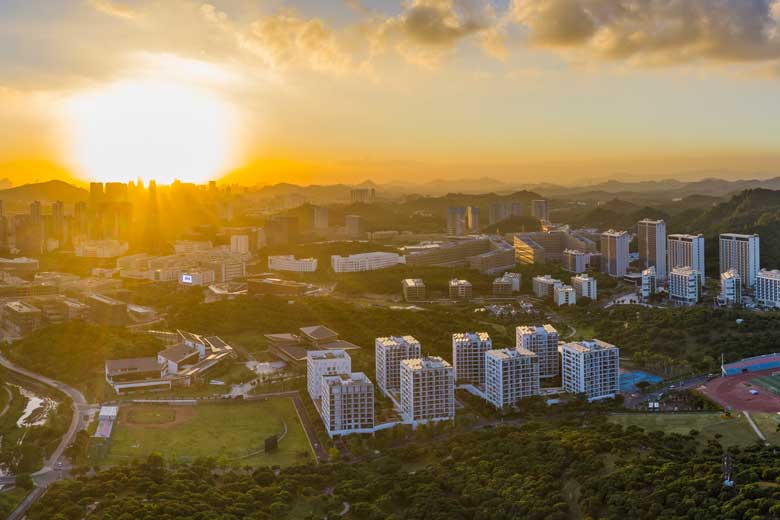SUSTech celebrates a decade of research, innovation and entrepreneurship

Sponsored by

SUSTech has grand plans for its 10-year anniversary, which will honour the university’s collaborative approach to education and teaching
A decade ago, the Chinese Ministry of Education approved a plan to establish the Southern University of Science and Technology (SUSTech), signalling the start of a push to reform higher education in the country. The university is located in Shenzhen, known as the Silicon Valley of China, a city that was incubated by the opening-up policies of the late 1970s. Since opening its doors, SUSTech has acted as a laboratory for educational reform in mainland China.
The first cohort of students enrolled at the university in 2011. They were pioneers, united by a desire to challenge boundaries and explore the innovative pedagogical methods being implemented on a campus that was still very much under construction. This began a process that continued until 2018 when the Ministry of Education granted the university the right to confer PhD degrees – the fastest an institution has even received this right in China. In the same year, SUSTech entered the Times Higher Education World University Rankings for the first time, placing in the top 350 in the world and eighth in mainland China.
A latticework of reform underpins the university’s rapid evolution. Both the city of Shenzhen and SUSTech’s founding president, Qingshi Zhu (former president of the University of Science and Technology of China) were determined to push forward reform in Chinese higher education. To do so, they sought the advice and support of noted overseas Chinese educators, such as Chia-wei Woo, founding president of Hong Kong University of Science and Technology, and Wei Zhao, the former president of the University of Macau.
SUSTech selected a liberal arts, general education model to provide foundational competence across the sciences, with English used as the medium of instruction. The residential college system was considered an essential structure to provide a welcoming home away from home for students who would not settle into their major until the end of their second year. The dual advisory system provides both research supervision and co-curricular guidance from experts in their fields to young scientists.
Undergraduate student recruitment breaks with the dominant model in mainland China, which traditionally relies entirely on National College Entrance Exam (NCEE) results as the admissions criteria. SUSTech developed the “6-3-1 model” whereby 60 per cent of a student’s admission score comes from their NCEE score, an additional 30 per cent comes from SUSTech’s own admissions assessments, and 10 per cent is based on high school performance.
Before SUSTech was conferred the right to offer master’s and PhD degrees, the university’s second president, Shiyi Chen, pursued a joint PhD model with world-leading partners including the Hong Kong University of Science and Technology, the National University of Singapore, and the universities of Leeds, Warwick, Copenhagen, British Columbia and Queensland. This creative approach ensured a steady stream of talented doctoral candidates was flowing into labs and supporting the research of a young university like SUSTech.
Faculty recruitment and the requisite systems to ensure high-quality research and teaching were emphasised from the beginning, elevating faculty members to the role of campus heroes. Principal investigator and tenure-track systems were adopted university-wide – a first for mainland Chinese universities – ensuring academic autonomy, while the de-administration policy sought to enshrine the supremacy of academic standards. This commitment to internationalisation in academic systems has led to the internationalisation of the faculty, with 70 per cent having worked or studied overseas and 28 per cent holding overseas passports.
The commitment to internationalisation has also been demonstrated through the establishment of a global partnership network comprising more than 130 international partners from across nearly 40 countries and regions. Through collaboration with its partners, SUSTech delivers international experiences for its students, be that through participating in exchange programmes abroad or by interacting with inbound international students.
SUSTech’s partnerships also include: the Institute of Risk Analysis, Prediction and Management in collaboration with ETH Zurich; the Centers for Mechanical Engineering Research and Education in collaboration with the Massachusetts Institute of Technology; the Joint School of Medicine in collaboration with King’s College London; the Joint Research Center on Super Smart Cities in collaboration with the University of Tokyo; and the Joint Institute for Global Management and Entrepreneurship in collaboration with HEC Paris.
The impact of SUSTech’s outward-looking approach can be measured not just in research output, where the university has more than quadrupled its contribution to the Nature Index, but also in quality student outcomes. Approximately 65 per cent of graduates pursue further studies at prestigious universities, with 60 per cent of those heading abroad and nearly 40 per cent staying in China. The remaining 30 per cent choose employment and about 10 per cent follow other pathways. Another “6-3-1” model has evolved.
In the midst of the Covid-19 pandemic, SUSTech researchers worked alongside the National Clinical Research Center for Infectious Disease and the Second Affiliated Hospital of SUSTech to observe the virus in key states. The team utilised SUSTech’s cutting-edge Cryo-Electron Microscopy Center to produce images of the Covid-19 virus after inactivation but also to capture an important intermediate state in which the virus invaded a host cell.
SUSTech’s entrepreneurial spirit has played a role in combating the pandemic. Zhi Zhang, a 2016 graduate, co-founded Shenzhen Nanke New Materials Technology with his supervisor, Dazhi Sun. In the early phase of the Covid-19 outbreak, Zhang noticed that the goggles of medical workers in news reports were steamed up and immediately thought of his company’s anti-mist formula. Working day and night, they repurposed and refined their product and one week later delivered 600,000 anti-mist alcohol wipes and 20,000 bottles of anti-mist alcohol spray to Hubei province in support of front-line medical workers in the region.
“SUSTech and our new president, Professor Qikun Xue, would like to thank all our global partners, friends, alumni and collaborators who have accompanied us on the first steps of our journey as we look to the future,” says Chunmiao Zheng, vice-provost of global strategies at SUSTech. “Rapid growth does not come from isolation. By taking inspiration from and working alongside the best, seeking advice and consultation wherever possible, we have reached the point we are at today: still rooted in China and striving to be a world-class university, but that little bit closer to our goal than before.
"In the 10 years since the Ministry of Education approved the plan to establish us, we’ve grown through your inspiration, openness and collaboration, and for that we thank you. Here’s to the next decade.”
Find out more about SUSTech’s 10th anniversary celebrations.
